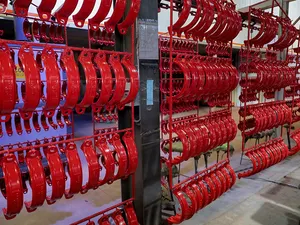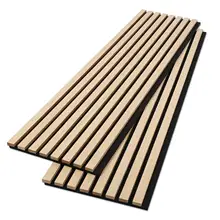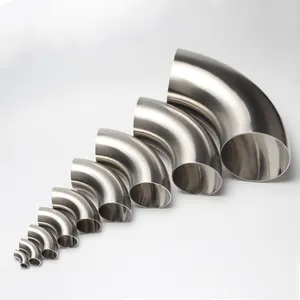Rain Gutter Fittings: An Essential Guide
Rain gutter fittings are crucial components in any building's roofing system, designed to channel rainwater away from the structure to protect its foundation and walls. These fittings come in various types, each serving a specific function within the gutter system. This guide provides an in-depth look at the different aspects of rain gutter fittings, ensuring that buyers are well-informed about their options.
Types of Rain Gutter Fittings
Rain gutter connectors, rain gutter end caps, and down spout reducers are among the common types of fittings that facilitate a seamless gutter system. Connectors join gutter sections together, end caps close off the ends of the gutters, and reducers connect gutters to downspouts of different sizes. Rainwater downpipe fittings and rainwater pipe bends are also integral, allowing for directional changes and proper water flow from the roof to the ground.
Materials and Features
Fittings for rain gutters are typically made from materials like PVC, aluminum, or galvanized steel. PVC rain gutter fittings are known for their durability and ease of installation. They are resistant to corrosion, making them a long-lasting option for many buildings. Metal fittings, such as those made from aluminum, are also popular due to their strength and resistance to rust.
Applications and Advantages
Rain gutter fittings are used in various settings, including residential, commercial, and industrial buildings. They are particularly important in areas with heavy rainfall, as they prevent water accumulation that can lead to structural damage. The advantages of using the right fittings include improved water management and the prevention of leaks and overflows. Properly fitted gutters, with the help of rainwater pipe brackets and rain gutter downspout connectors, ensure that water is effectively diverted away from the building.
Installation and Compatibility
When fitting gutters to a house, compatibility with existing systems is key. It's important to choose fittings that match the size and shape of the gutters and downspouts. For instance, rain gutter downspout y connectors are used to join two downspouts into a single pipe, while rainwater gutter fittings ensure that the gutter itself is securely attached to the eaves.
Choosing the Right Fittings
Selecting the correct rain gutter fittings involves considering the building's design, the local climate, and the gutter system's material. For example, plastic rain gutter end caps might be preferred for PVC systems due to their compatibility and ease of installation. Meanwhile, gutter pipes and fittings made from metal might be chosen for their durability in areas with severe weather conditions.
In conclusion, rain gutter fittings are a vital part of any building's roofing system. By understanding the types, materials, applications, and installation requirements, buyers can make informed decisions to ensure their gutter systems function effectively for years to come.











































 浙公网安备 33010002000092号
浙公网安备 33010002000092号 浙B2-20120091-4
浙B2-20120091-4